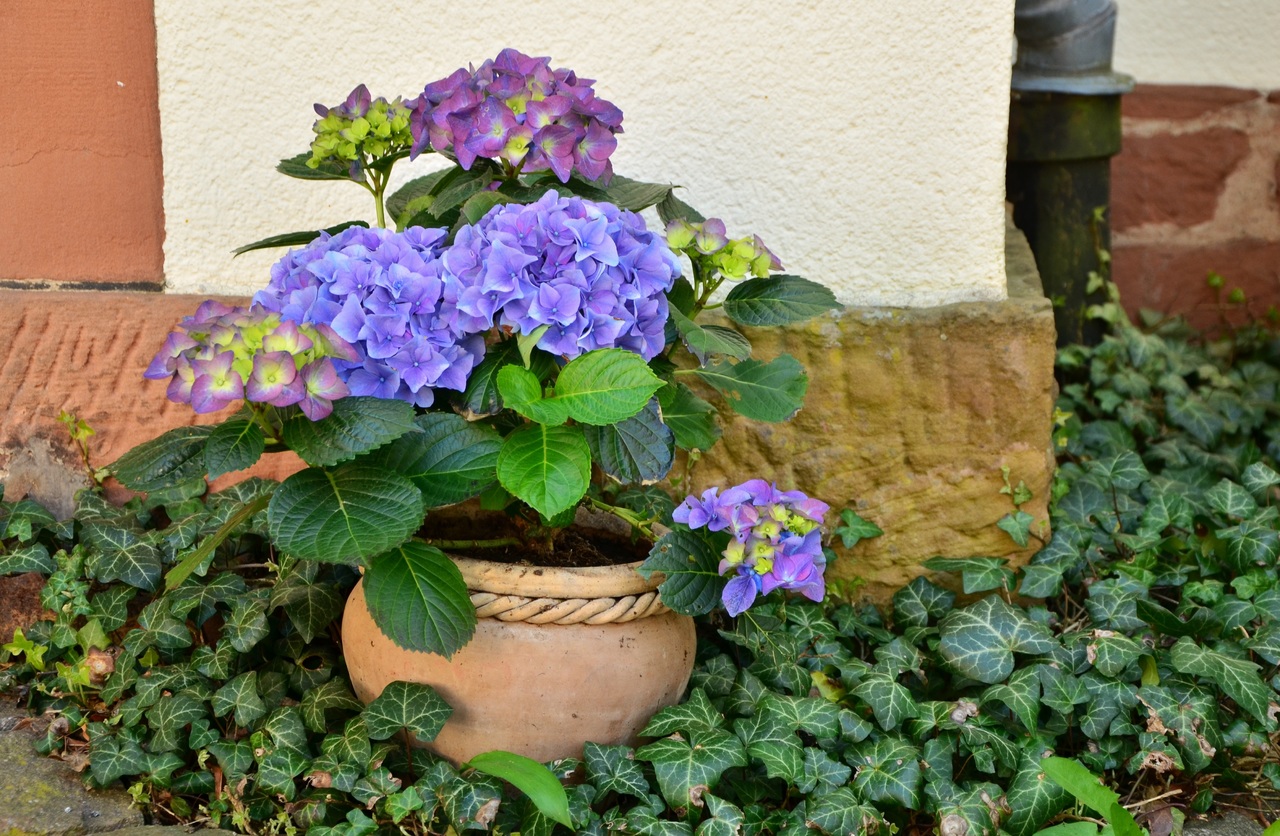
For cuttings and plants to grow healthy and strong roots, it is not enough to keep the substrate moist. We often buy fertilizers with the visible part in mind, that is, the leaves, stems and branches, but the root system must also have its own »compost». In fact, if the root health is not good, the leaves will soon look diseased.
To prevent that from happening, nothing better than getting homemade rooting hormones.
What is a natural rooting agent for plants?
When it comes to making cuttings, or trying to save a plant that has been left with a very weakened root system, It is convenient to use a rooting product, that is, one that stimulates the growth of new roots. As such there are several types, which can be classified according to their origin: chemical or natural.
While the former are made with synthetic phytohormones, the latter come from natural plants, which release phytohormones responsible for stimulating the sprouting of new roots.
There are many homemade rooting hormones, such as the ones that we are going to show you below:
Rooting hormones with lentils
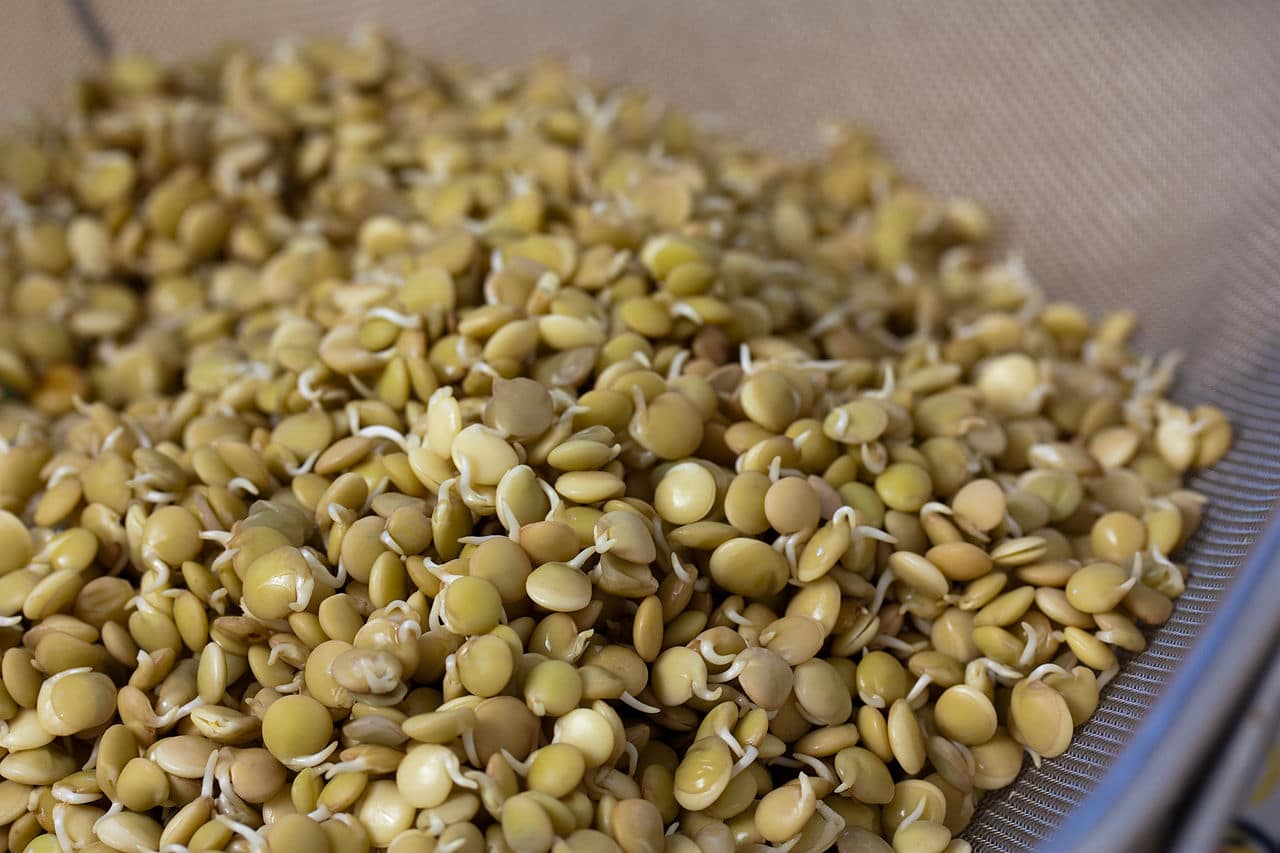
Image - Wikimedia / Veganbaking.net from USA
Lentils have a high concentration of auxin, which is a plant hormone that is responsible for regulating plant growth. When the seeds germinate, that is, lentils, the concentration of this phytohormone increases, so when you water with them, root growth is stimulated of the plants.
To do this, you need one part lentils to four parts water, and a glass or bowl. Then, you have to put the lentils in water and wait for them to germinate, which they will do over the course of 3-4 days. After that time, you have to crush them well and strain them. The resulting liquid must be poured into a container with water (1 part of this liquid for 10 of water). And ready. You already have a homemade natural rooting agent and, in addition, effective 🙂.
Cinnamon as a natural rooting agent
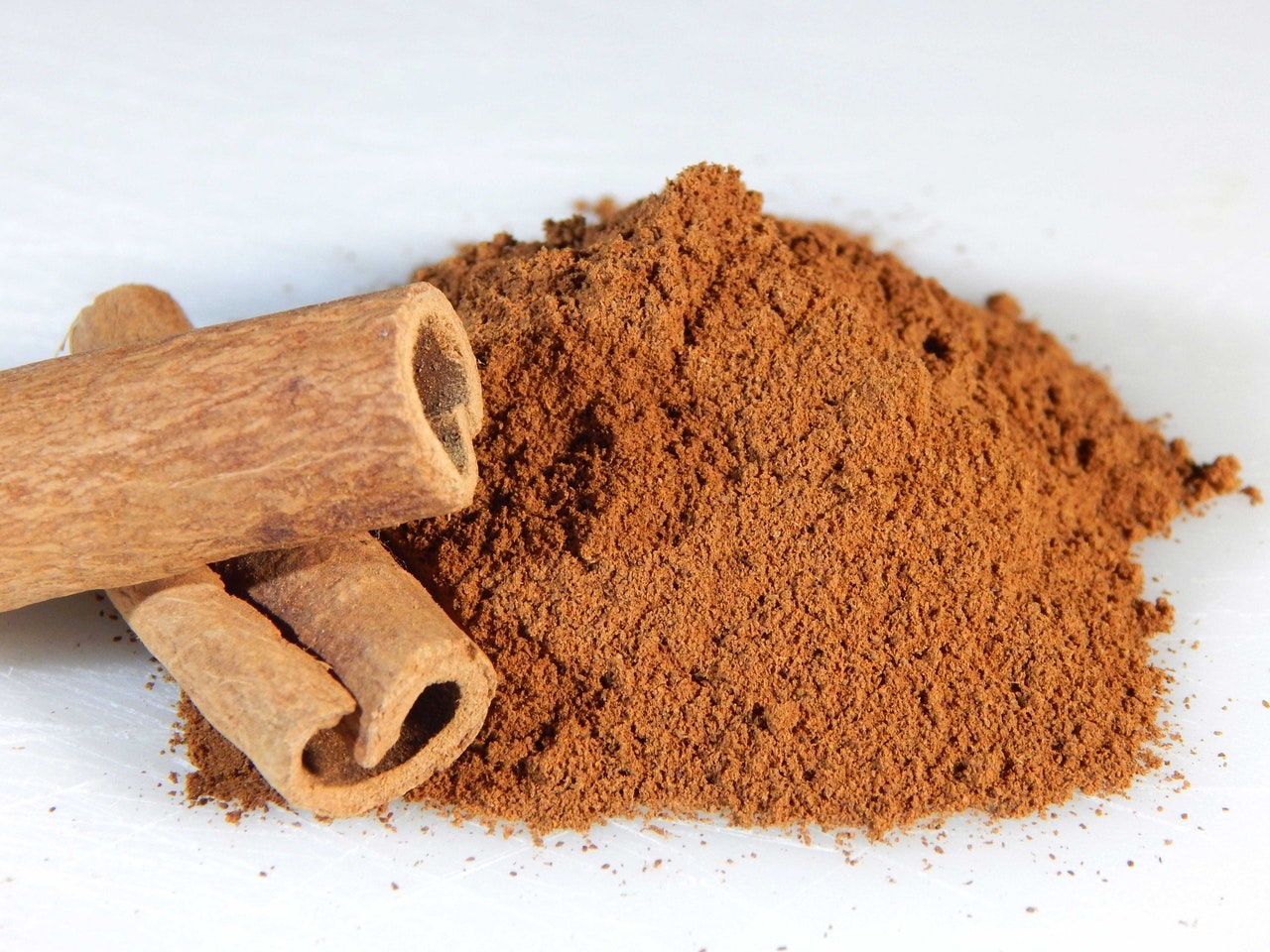
La cinnamonAlthough it does not do the same function as auxin, it does help the roots to grow, since prevents fungi from affecting them, which are the most dangerous enemies that plants have. Although it is used more in those that already have their own root system, it is also useful in seedbeds or for cuttings.
In order to enjoy its benefits, you just have to sprinkle a little on the substrate, and water. In this way, we will get plants that do not have to worry about unwanted fungal tenants, and neither do we.
Black beans, good root stimulants
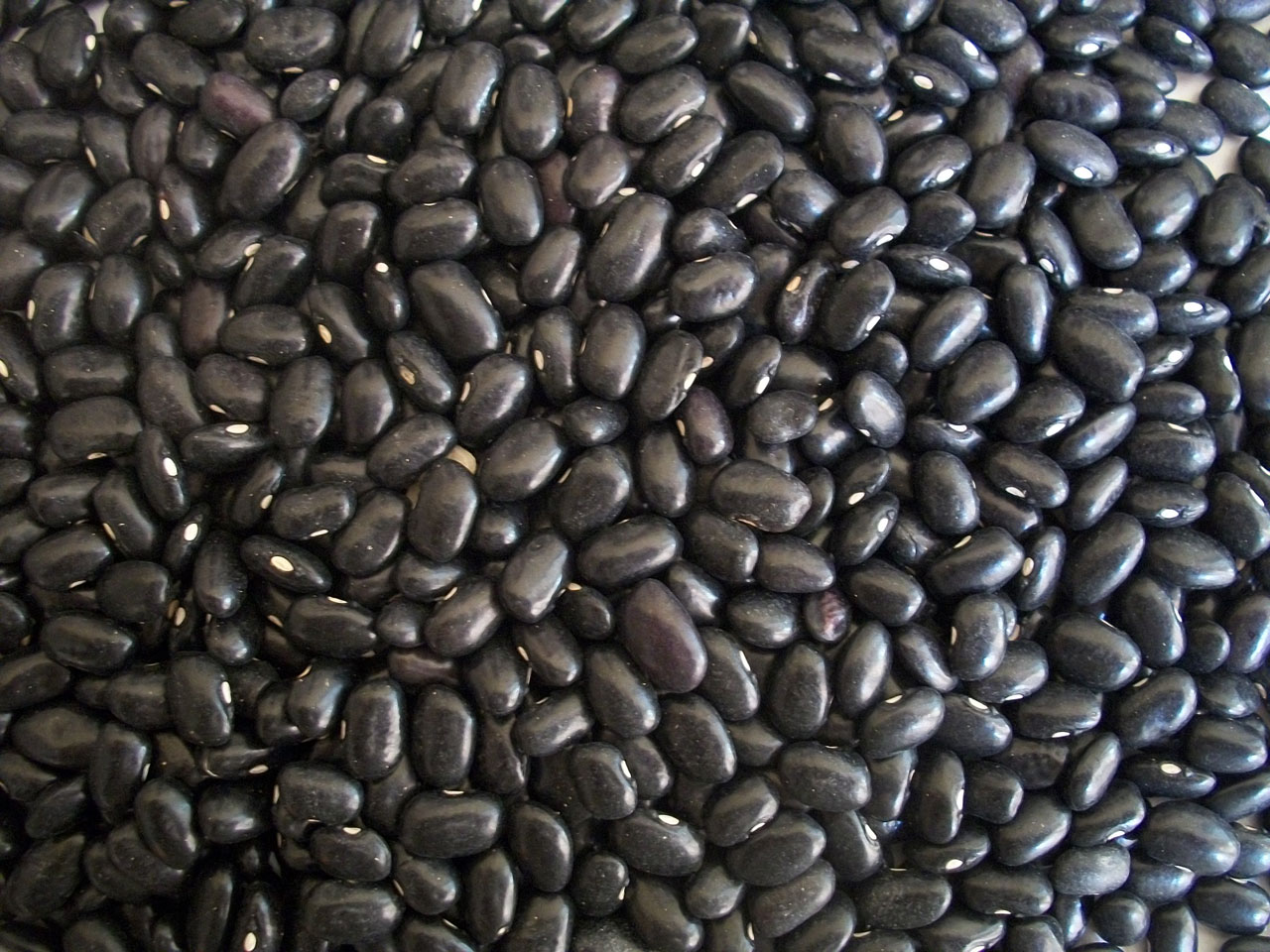
The beans are delicious cooked, but didn't you know that they are also good natural rooting agents? This is so because the same thing happens with lentils: they are rich in auxins. Therefore, an interesting way to get plants to have a healthy root system as soon as possible is to get enough to fill a cup.
Once you have them, you must add them to a container with 1 liter of water, and then leave it covered for 8 to 10 hours. After that time, you have to follow this step by step:
- First, you have to strain it and store only the liquid part. With the container that still contains the beans, you just have to cover it and leave it like that for a day.
- After 24 hours, you will add the water that you stored in the bean container, and you will leave it for 10-15 minutes. And, again, you will strain it to store the water.
- Afterwards, you will cover the container of the beans, which will remain that way for a day.
- Repeat steps 2 and 3 until most of the beans have sprouted (this will happen after about 3-4 more days).
- Then, you have to beat the beans with a mixer. These will help you to throw them into the composter, speeding up their composting.
- Next, you have to put in a new container 50% of the water that you have been using and 50% of the new water.
- Finally, every time you want to use it, you will have to lower it more, since it is very concentrated. The ratio will be 1 part of rooting water to 5 of clean water.
Vinegar as a rooting agent, an excellent product for plants
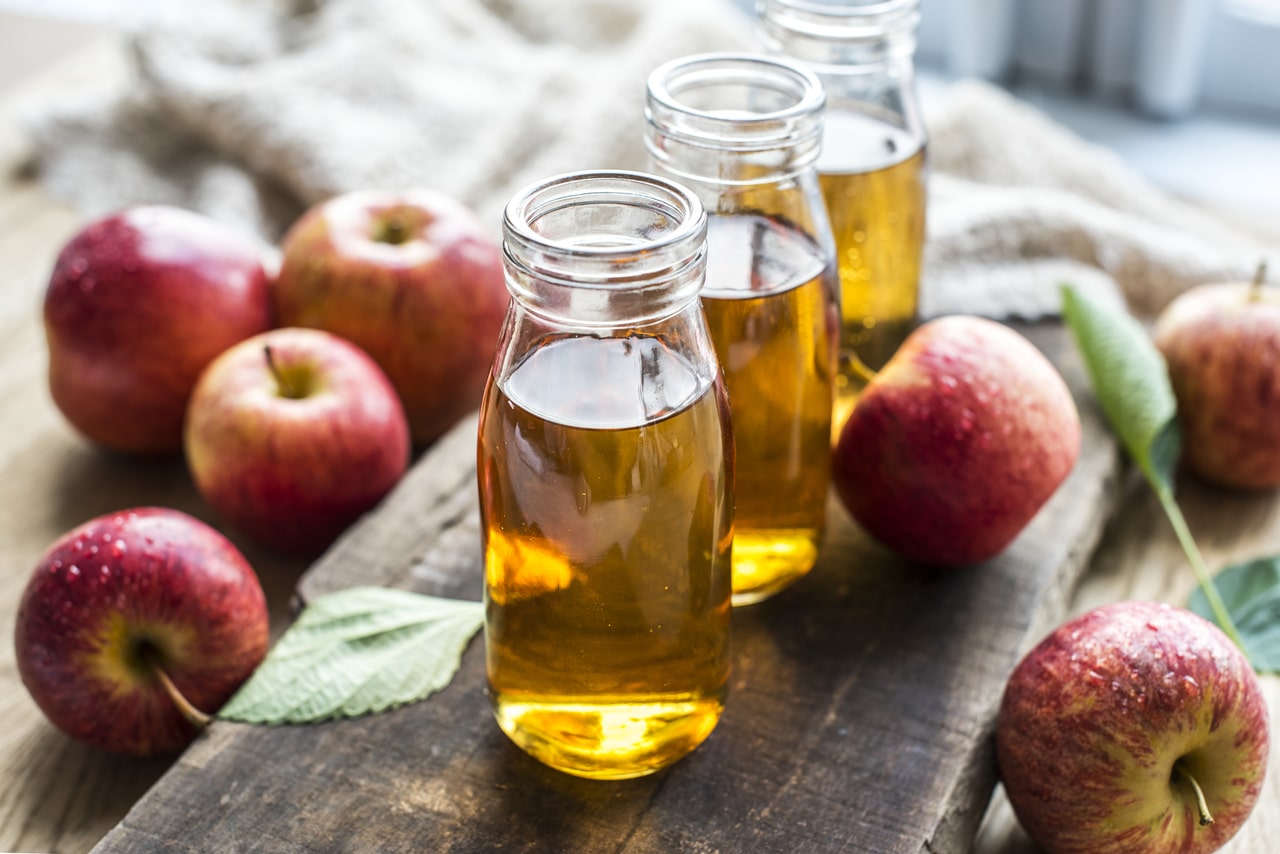
Vinegar is a food that we use a lot in cooking, but it will also be useful as a rooting agent. Yes indeed, it is very important not to put more quantity than necessarySince being so concentrated instead of getting it to take root, what would happen would be that it would be spoiled.
Therefore, do not add more than a small tablespoon of apple cider vinegar for each liter of water. This will be more than enough for your plants to produce new roots.
Aspirin, a medicine for plants with few roots

If you have aspirin at home that has already expired or is about to expire, you have the option of using it as a medicine for those plants that, for whatever reason, are weakened and / or have few roots. It's simple to do, and it won't take you more than a few minutes.
In fact, you just have to dissolve an aspirin in a glass with a little water, and once it has dissolved, pour the resulting liquid into the pot that houses the plant. Another option is to introduce a cutting that has not yet begun to root in said glass for an hour.
When to add the rooting agent to the plants?
The rooting agent must be added when you have a cutting, but its use is also highly recommended. when the roots of a plant have been manipulated a lot (during a transplant, for example), or they have suffered damage for pruning or other reason. Anyway, even if it is healthy, it does not hurt to water it with rooting hormones from time to time, since this will make it grow with better health and greater strength.
Did you find it interesting?
Which I use as a rooting hormone, the sprouted lentils or the water in which the lentil germinated
Hi Armando.
The sprouted lentils have to be crushed well. The resulting liquid must be thrown into a container with water (1 part of this liquid for 10 of water), and this mixture is used to root.
A greeting.
How do I remove the roots from the enqueje, naturally, for example from an orange tree branch. Garcia.
Hello, in a YouTube note I read / heard that honey can be used as a rooting agent.
Hi Matias.
It is not recommended. Honey is a disinfectant, but due to its characteristics instead of helping to produce new roots, what it does is just the opposite: prevent them from sprouting.
As a natural rooting agent you can use cinnamon for example, or others that we mentioned here.
Greetings.
Good morning, thanks for the article, I can add the lentil rooter every so often to the plant, in my case the plants I have are fruit trees and vegetables, but a few days ago I put fertilizer on them and I think I added more because I They see sick and weak of the stem so I read that when that happens it is because the roots are weak, so I opted to put a natural rooting agent, they are my first plants therefore I do not know much about agriculture and I am experimenting, reading and instructing myself . Thanks for your help.
Hello paola.
When there is damage to the roots due to fertilizer overdose, it is better to water with plenty of water. This will "wash" the roots, leaving them with little or no fertilizer.
Of course, the water has to come out through the drainage holes. And if the plant has a plate underneath, it must be removed, at least until all the water that has filtered the earth has come out through the holes.
On the other hand, the lentil rooting will do them well. You can put them on 3 or 4 times a week. As there is no risk of overdose, it can be added from time to time.
If you have any doubts, please contact us.
Greetings.
Very very interesting. I'm going to put it into practice with lavenders.
Thank you very much
Hi Stella.
Thank you very much for your words. We are glad to know that you found it interesting.
Greetings.
Excellent
Thank you very much, Gisela.
Thank you, it has helped me a lot, I have 2 and I had doubts, I killed the previous one for putting it outside with 2 hours of sun, I have been told that it rarely takes a stem, I would like to know if it is true.
Hi Conxi.
Sorry, which floor do you mean? It's that that article is about rooting hormones.
You tell us. Greetings!
Very interesting article, of course, didactic, I will continue consulting your page, I intend to use what I have learned, more than anything for the growth of fruit trees, since I have a canistel arolito that does not want to grow and I plan to plant a mamey sapote, thank you very much.
If you advise me something so that the flowers set, I would appreciate it. I have a soursop and a star apple that bloom profusely, the star apple began to bear fruit but very little in proportion to the flowering, but the soursop blooms but the fruit dies in project; thanks again
Hello Joseph Robinson.
Thank you for your words.
Those trees may be lacking in nutrients. Do you usually pay them? If you don't, a little bit of organic fertilizer during the season of growth, flowering and ripening of the fruits.
Greetings.